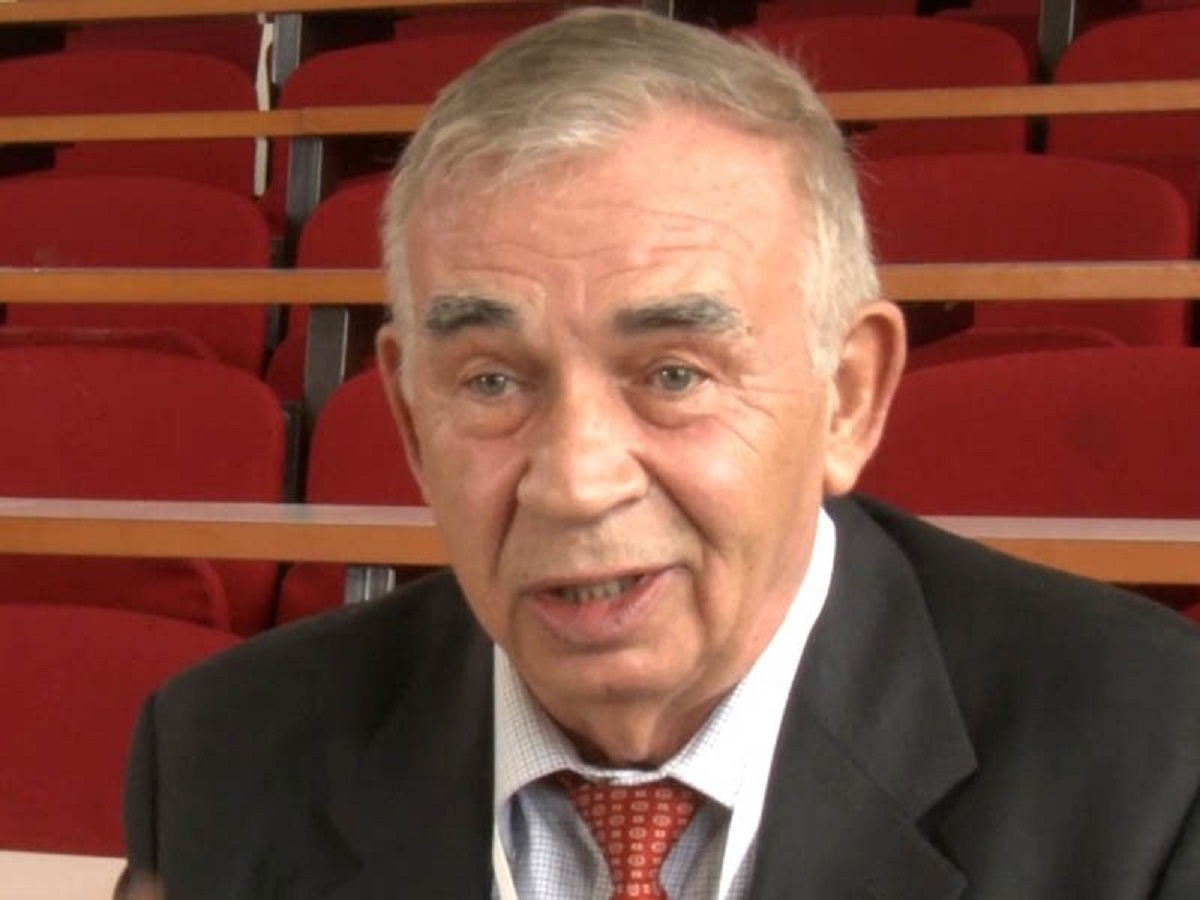St Petersburg University graduate wins Nobel Prize in Chemistry
Alexey Ekimov, a 1967 graduate of St Petersburg University, has been awarded the Nobel Prize in Chemistry along with American scientists Moungi Bawendi and Louis Brus for the discovery and synthesis of quantum dots. Alexey Ekimov is the ninth Nobel laureate in the history of St Petersburg University.

Alexey Ekimov studied at the Department of Solid State Physics at St Petersburg University. According to Boris Novikov, former Head of the Department of Solid State Physics, Professor Emeritus of St Petersburg University, Alexey Ekimov was a brilliant student and showed interest in optics from the very first courses. After graduating from the University, Alexey Ekimov worked at Ioffe Institute of the Russian Academy of Sciences and Vavilov State Optical Institute.
In 1974, Alexey Ekimov defended his dissertation ‘Optical orientation of carrier spins in semiconductors’ and obtained the degree of Candidate of Physics and Mathematics. Two years later, at the age of 31, together with Viacheslav Safarov, a 1961 graduate of the Department of Solid State Physics, he became a laureate of the State Prize for the cycle of works ‘Detection and study of new phenomena related to optical orientation of electron and nuclear spins in semiconductors’. Since 1999, Alexey Ekimov has been living and working in the USA.
In the early 1980s, Alexey Ekimov synthesised the first quantum dots from copper chloride dissolved in a glass matrix. Quantum dots are nanoscale ‘artificial atoms’. By controlling the size of such dots, for example by heating them, it is possible to change their energy structure, i.e. to control their properties. This effect is now used in microelectronics, for example, in smartphones. Alexey Ekimov’s colleagues Moungi Bawendi and Louis Brus later found other ways to produce such quantum dots.
In addition to Alexey Ekimov, eight people associated with the University have won Nobel Prizes: Ivan Pavlov, Ilya Mechnikov, Nikolay Semyonov, Alexander Prokhorov, Lev Landau, Wassily Leontief, Leonid Kantorovich, and Joseph Brodsky.
‘Quantum dots and quantum technology have grown into a whole huge branch of the real sector and a large scientific field, at the origins of which Alexey Ekimov stood. This field is still actively developing at the University. In particular, the team of the Spin Optics Laboratory of St Petersburg University, established in 2011 as part of a mega-grant from the Government of the Russian Federation, is working very successfully. The studies of spin phenomena in nanostructures, in particular in quantum dots, carried out there, develop both scientific fields associated with the name of Alexey Ekimov,’ said Sergey Verbin, Head of the Department of Solid State Physics at St Petersburg University.
Today, the Spin Optics Laboratory of St Petersburg University is headed by Professor Alexey Kavokin, one of the world’s most renowned scientists in this field. He also heads the Quantum Polaritonics group at the Russian Quantum Centre; is a Professor at the University of Southampton (the United Kingdom); and heads the International Centre for Polaritonics at Westlake University in China. The laboratory’s research team predicted and then in 2018 confirmed experimentally the existence of Bose-Einstein condensation of excitons and exciton polaritons at room temperature, which made it possible to create polariton lasers. They consume several times less energy than traditional semiconductor lasers. Additionally, on the basis of polariton lasers it is possible to create qubits — the main integral parts of quantum computers of the future. These technologies make a significant contribution to the development of quantum computing systems.

